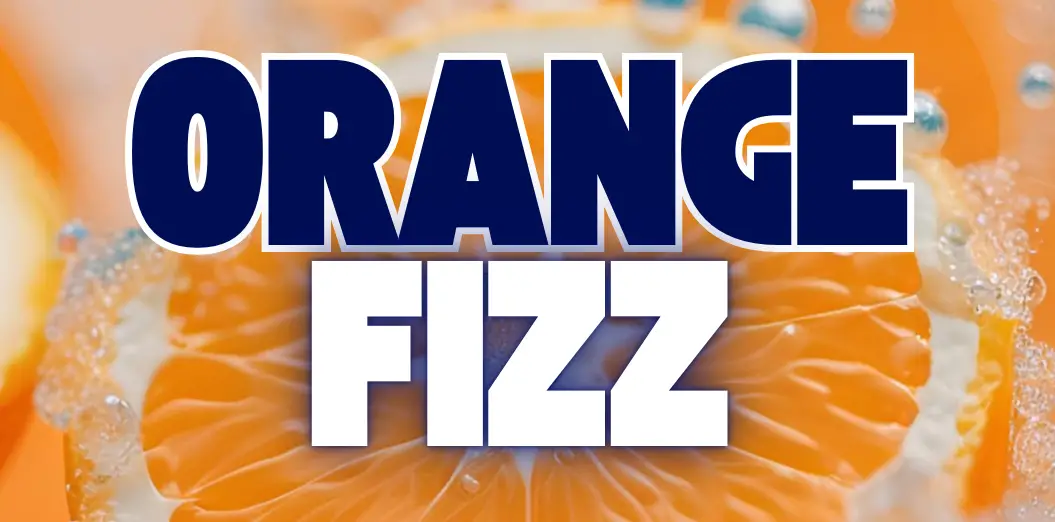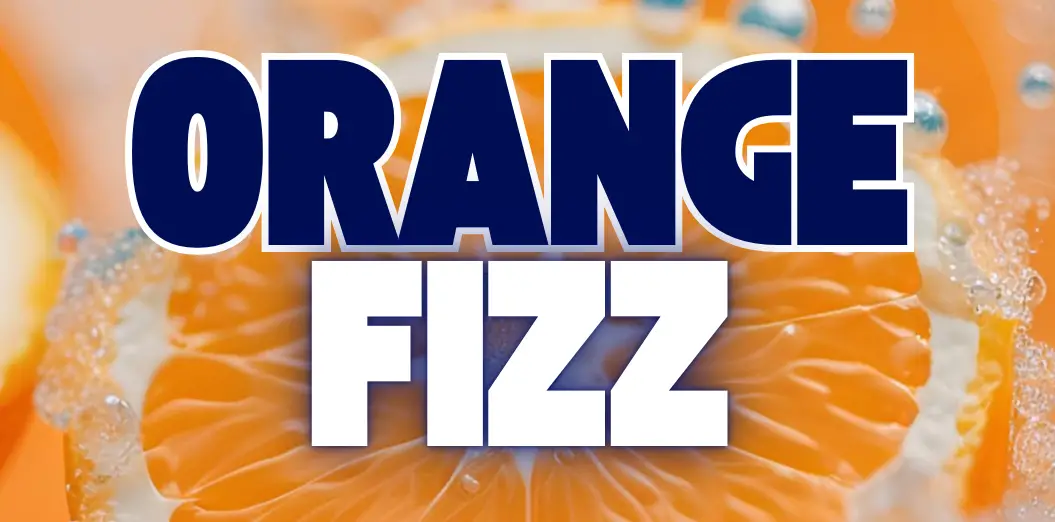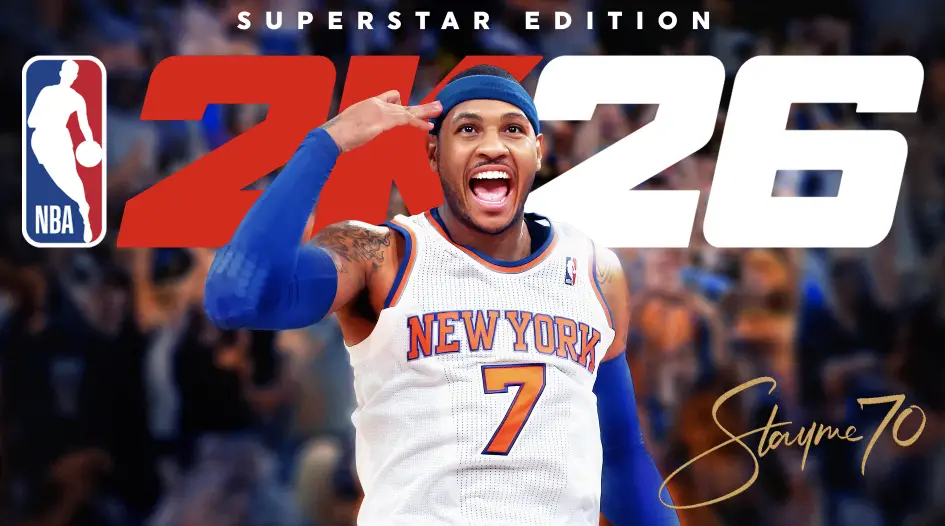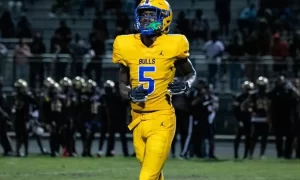In the ever-evolving landscape of video game development, few franchises command as much anticipation and scrutiny as the NBA 2K series. With each yearly release, fans expect better graphics, smoother gameplay, smarter AI, and deeper immersion. NBA 2K26 has delivered on these expectations, and then some. This is in thanks in part to a powerful, behind-the-scenes technology: vector databases.
Though not typically associated with game development, vector databases played a crucial role in shaping the AI behavior, player likenesses, and personalized experiences in NBA 2K26. This article explores how vector databases contributed to the game’s evolution, focusing on areas like AI-driven gameplay, personalized content, and enhanced search and recommendation systems.
Please embed the video: https://www.youtube.com/watch?v=zY1dEu7nGKc
What Are Vector Databases?
Before diving into their role in NBA 2K26, it’s helpful to understand what vector databases are.
Traditional databases store and retrieve exact-match data like names, numbers, or dates. In contrast, vector databases store and retrieve high-dimensional vector embeddings—mathematical representations of complex data such as text, audio, images, and even gameplay styles. These embeddings are typically generated by machine learning models and allow for similarity search rather than an exact match. This means you can ask a vector database to find things that are “similar to X” even if they’re not identical.
For example, a vector database can help find players with similar gameplay styles, compare animations, or identify commentaries that match a game scenario—all by analyzing vector representations instead of raw data. They’ve become increasingly important in applications involving natural language processing, recommendation systems, and semantic search. For NBA 2K26, this tech opened up new opportunities in gameplay personalization, AI behavior, and realism.
Use Case 1: Smarter, More Realistic AI Opponents
One of the standout features of NBA 2K26 is the lifelike behavior of its AI-controlled players. Unlike older systems that relied on hardcoded behaviors or rule-based decision trees, the new AI mimics the playing styles of real-world athletes more convincingly than ever before.
This was made possible through vector embeddings of player behavior data. By processing hours of real NBA footage and game telemetry data, developers generated vector representations of how different players move, react, shoot, and defend. These embeddings were stored in a vector database.
During gameplay, the AI engine queries the vector database in real-time to retrieve action patterns that are most similar to the current in-game scenario. If you’re playing against an AI-controlled Steph Curry, for example, the game references vector embeddings that represent his unique off-ball movement and shooting decisions, providing realistic and challenging gameplay.
Use Case 2: Personalized MyCareer Experiences
In NBA 2K26’s MyCareer mode, personalization took a huge leap forward. The game now tailors storylines, quests, and gameplay dynamics to your unique playstyle, communication choices, and even performance trends.
This level of personalization was made possible through semantic search and similarity matching using vector databases. The system generates embeddings based on your choices, game data, and play history. These vectors are compared against a massive database of predefined content embeddings, such as story arcs, character interactions, and side quests.
Instead of selecting from a rigid list of storylines, the game now finds narrative elements that semantically match your unique journey. This gives players a sense of ownership and replayability, with no two careers unfolding the same way.
Use Case 3: Commentary That Feels Alive
NBA 2K games have long been praised for their immersive and dynamic commentary, and 2K26 elevated that experience by leveraging natural language embeddings and vector search.
Using a large set of pre-recorded audio clips and contextual data (like game time, score differential, and player stats), the development team trained models to embed commentary lines and game scenarios into a shared vector space. During live gameplay, the system performs vector searches to retrieve the most contextually relevant commentary clips.
The result? Commentary that doesn’t feel repetitive, awkward, or out of place. For example, if you hit a buzzer-beater three with a lesser-known player, the system might find a commentary snippet celebrating that exact kind of underdog moment—even if it’s never been explicitly programmed.
Use Case 4: Smarter Matchmaking and Playstyle Recommendations
Another area where vector databases were crucial is online matchmaking. Traditional skill-based matchmaking relies heavily on numeric stats like win/loss ratios or average points. NBA 2K26 introduced a more nuanced system that factors in gameplay style vectors—representing how players pass, shoot, defend, and move.
This allows the game to match players not just by skill level but by style compatibility. Are you a team player who thrives in structured offense? You’re more likely to be matched with players who complement that style rather than clash with it.
Additionally, the recommendation system for building suggestions, badges, and tactics uses semantic search through vector embeddings. So if your current build resembles that of an all-around small forward in real life, the system might suggest builds and badges used by pros with a similar profile—again, all driven by vector similarity.
Use Case 5: Real-Time Content Search in the Creation Suite
NBA 2K’s creation tools—used for designing courts, logos, jerseys, and player faces—benefited from vector databases in a big way. A semantic search engine now allows players to describe what they want (e.g., “retro Lakers jersey” or “minimalist court design”) and receive visual content recommendations that match those descriptions.
This is a significant improvement over keyword-based search systems, which often miss the mark. By embedding both search queries and content assets into a vector space, the system retrieves content based on meaning rather than just words.
Challenges and Optimization
Integrating vector databases into a real-time, graphics-heavy environment like NBA 2K26 wasn’t without its challenges. Developers had to solve issues around:
• Latency – Ensuring that vector queries returned fast enough not to interrupt gameplay.
• Scalability – Managing millions of embeddings across players, assets, and narratives.
• Data freshness – Updating vector representations based on new player behaviors and trends.
To overcome this, the team used a hybrid architecture combining local caching, sharded vector indices, and incremental model updates to ensure a balance of performance and relevance.
The Future: What Vector Databases Mean for Gaming
NBA 2K26 is among the first AAA sports games to embrace vector databases at scale. Their successful implementation signals a shift in how developers will approach personalization, AI, and immersive storytelling going forward.
We can expect other franchises—sports, RPGs, shooters—to adopt similar approaches. Vector databases open up a future where games can understand, adapt to, and even anticipate players’ desires in ways never before possible.
Final Thoughts
NBA 2K26 represents a new era in game design, where data isn’t just crunched—it’s understood. With vector databases powering everything from smarter AI to personalized narratives and dynamic commentary, 2K26 offers a glimpse into the future of gaming: one that’s deeply intelligent, hyper-personalized, and more lifelike than ever.
As vector technology continues to evolve, so too will our games—smarter, more immersive, and uniquely tailored to every player.


















